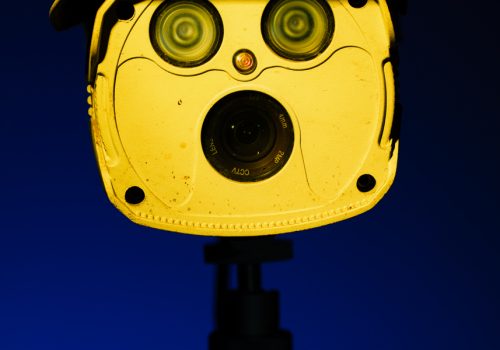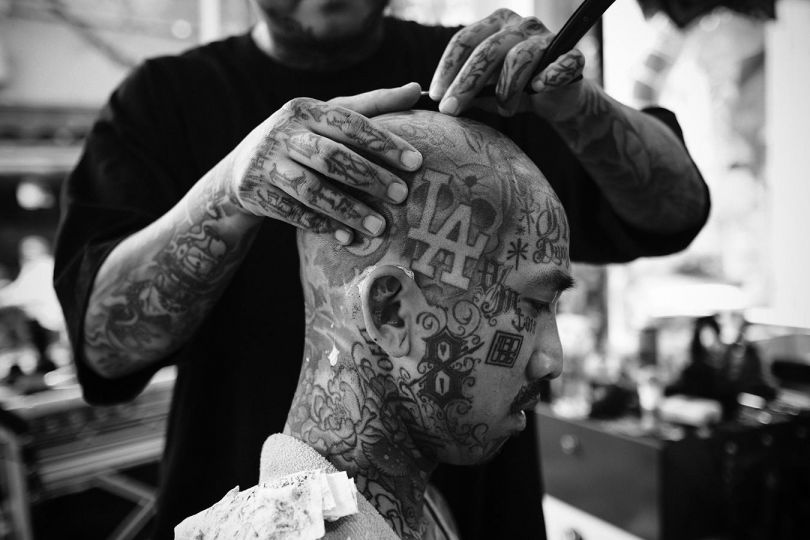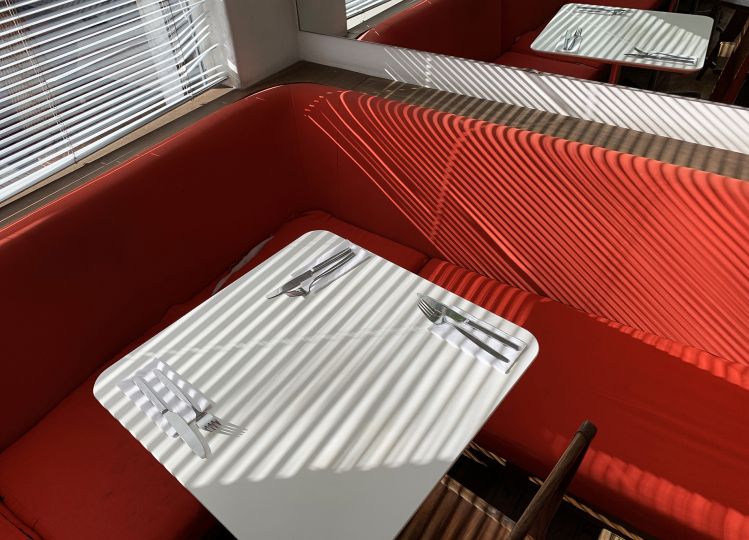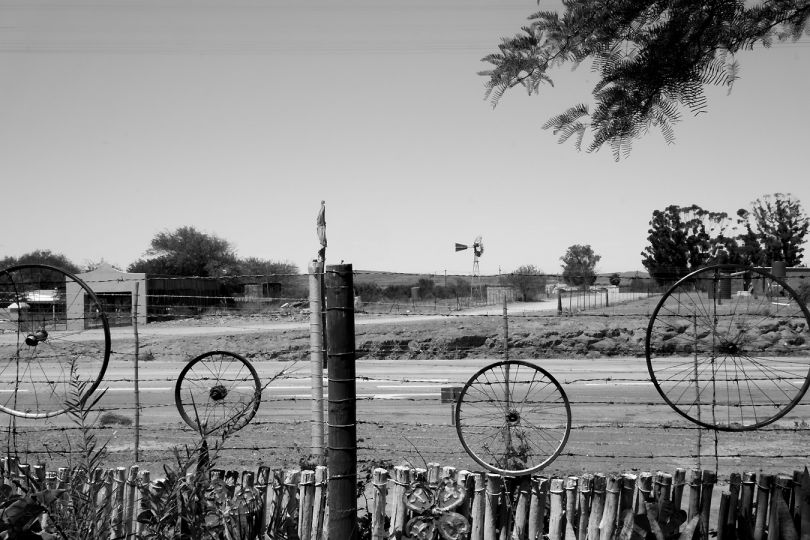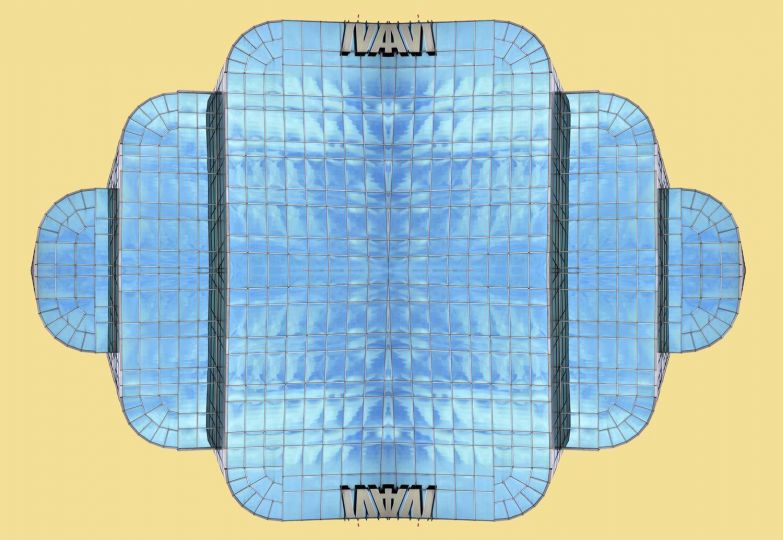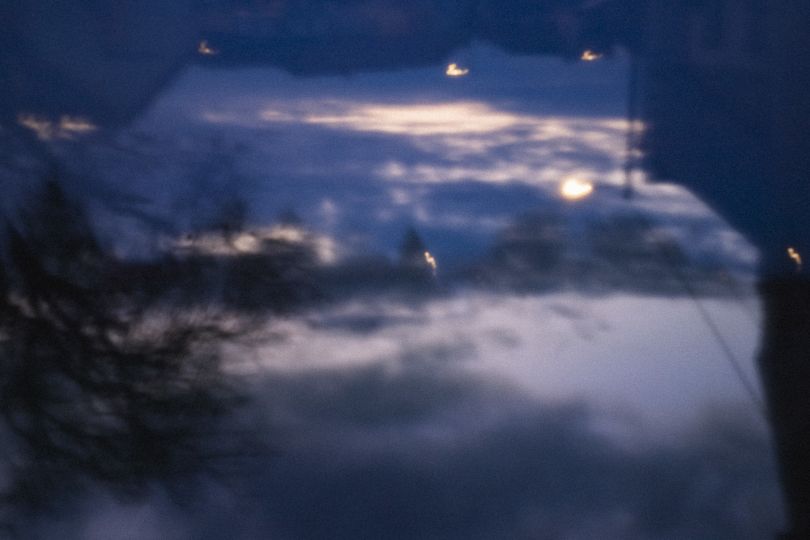Beholders
Surveillance system is the observer of the city, but citizens who are observed seldom look the cameras face to face. If we take the surveillance system as a creature, then the camera must be the face of it, being the area that is equipped with the most front-end information receivers. It has the sensor and lens as the visual organ to receive images; the microphone and smoke sensing system as the auditory and olfactory organs; and the pan and tilt as the neck to rotate the head so as to focus on the target. With these acute organs, the camera will see any of your subtle movements, and even get all your identity information via the facial recognition system. You look at the camera, and it is staring at you as well with a meaningful expression hiding behind the cold mask. However, you can never see through it and reach the thoughts of its operator, nor the whole picture of such a huge system. This is an inequitable eye contact.
Thus, I would like to create an equal relation between people and monitors by imaging them from the perspective of portraiture. In this way, those cameras are separated from the system, and are isolated from the society. The connection between them and their operators disappears thereupon. Cameras, which used to be tentacles of the system, are now independent individuals. Those surveillance cameras are always facing my lens, with its “face” and “expression” taking most areas of the frame. I give them personality and emotion through exposing them with color gelatin filters. My work are not product shots or still photos anymore. Instead, they are hundred-percent portraitures. I hope to enable the audiences to face surveillance cameras right in front of them, to view the shape and material of them, and to figure out their “expressions”.

